BS 7671: 2018 is the British Standard for electrical installations, commonly known as the IET Wiring Regulations. This standard sets out the requirements for the design, installation, and verification of electrical installations, ensuring safety and compliance with regulations. The 18th Edition of these regulations incorporates various updates and new requirements to improve electrical safety.
Key Aspects of BS 7671: 2018
1. Scope and Application
- BS 7671: 2018 applies to the design, erection, and verification of electrical installations, as well as additions and alterations to existing installations.
- It covers installations in various environments, including residential, commercial, industrial, and special locations such as medical facilities and marinas.
System Design and Installation

2. Design
- Assessment of General Characteristics: Evaluate the purpose, supplies, structure, and external influences on the installation.
- Protection for Safety: Ensure protection against electric shock, thermal effects, overcurrent, and voltage disturbances.
- Selection and Erection of Equipment: Choose appropriate materials and components that meet the standards and are suitable for the intended environment and use.
3. Installation
- Wiring Systems: Properly install cables and conductors to prevent damage and ensure safe operation.
- Earthing and Bonding: Implement effective earthing and bonding to protect against electric shock and ensure safe operation of electrical equipment.
- Protection Devices: Use appropriate devices such as circuit breakers and residual current devices (RCDs) to protect against overcurrents and earth faults.
Verification and Testing
4. Initial Verification
- Inspection: Conduct a thorough visual inspection of the installation to identify any potential safety issues or non-compliances.
- Testing: Perform tests such as continuity of conductors, insulation resistance, polarity, earth fault loop impedance, and RCD operation to ensure the installation is safe and meets the required standards.
5. Periodic Inspection and Testing
- Frequency: Regularly inspect and test installations based on the type of installation and its usage. For example, residential installations may require inspection every 10 years, while commercial installations may require more frequent inspections.
- Reporting: Document the results of inspections and tests in an Electrical Installation Condition Report (EICR), detailing any defects or non-compliances and recommending corrective actions.
Special Installations or Locations
6. Medical Locations
- Ensure additional protection and specific measures are in place to safeguard patients and medical staff, including the use of isolated power supplies and specific earthing arrangements.
7. Marinas and Similar Locations
- Address the unique requirements of electrical installations in marinas, ensuring protection against harsh environmental conditions and the risk of electric shock in wet environments.
8. Temporary Installations
- Apply specific requirements to ensure the safety of temporary installations, such as those used for events or construction sites, including suitable protection measures and robust construction.
Updates in the 18th Edition
9. Arc Fault Detection Devices (AFDDs)
- Introduction of AFDDs to provide enhanced protection against fire risks caused by arcing faults in final circuits of fixed installations.
10. Surge Protection
- Increased emphasis on the use of surge protection devices (SPDs) to protect electrical equipment from transient overvoltages, especially in commercial and industrial installations.
11. Residual Current Devices (RCDs)
- Expanded requirements for the use of RCDs to provide additional protection against electric shock in various types of installations, including residential, commercial, and special locations.
Compliance and Safety
12. Documentation
- Maintain comprehensive documentation for all aspects of the electrical installation, including design, installation, verification, and testing records.
- Provide clear and detailed instructions and information to users and maintainers of the installation.
13. Training and Competence
- Ensure that all personnel involved in the design, installation, verification, and maintenance of electrical installations are adequately trained and competent.
- Stay updated with the latest regulations and best practices through continuous professional development.
Example Verification Checklist
| Activity | Frequency | Description |
|---|---|---|
| Visual Inspection | Every 5 years (Residential) | Check for signs of damage, wear, or non-compliance. |
| Continuity Testing | During Initial Verification | Verify the continuity of protective conductors and bonding. |
| Insulation Resistance Testing | During Initial Verification and Periodic Inspection | Test insulation resistance to prevent leakage currents. |
| RCD Testing | Every 6 months | Test the operation of RCDs to ensure they trip correctly. |
| Earth Fault Loop Impedance | During Initial Verification and Periodic Inspection | Measure impedance to ensure adequate fault protection. |
Conclusion
BS 7671:2018 provides comprehensive guidelines for the design, installation, verification, and maintenance of electrical installations. Adhering to these regulations ensures the safety and reliability of electrical systems, protecting both users and property. It is essential to stay informed about updates to the standards and to consult the full BS 7671:2018 document for detailed requirements.
Note: All Password are [“salaimep” or “salaimep.com”]
Download |OneDrive, Google Drive
Also Download – BS 7671: 2018 On Site Guide PDF
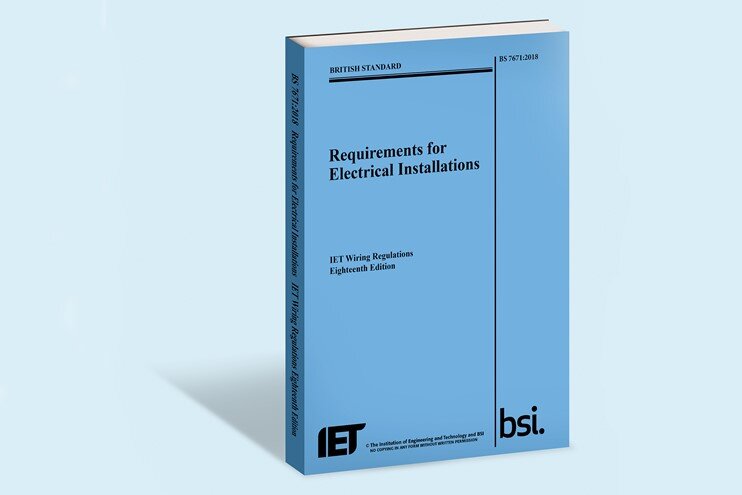
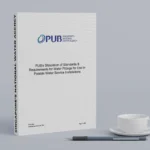
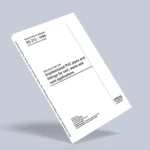




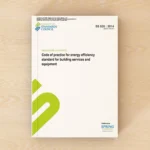
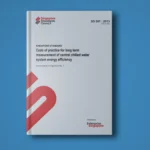
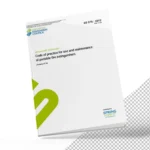
quia hic iure illum quia in unde quaerat occaecati autem aspernatur quod et quo ullam est dolorum quidem. maiores qui itaque sint dicta suscipit suscipit voluptatem ut maiores. cumque dolores exceptur
cumque totam tenetur est suscipit sint atque tempore voluptatum numquam sit sit consequatur magni quidem nisi quaerat omnis accusamus aspernatur nihil nihil sunt. nostrum sint et ipsa et rem delectus
ea quia eaque asperiores doloribus molestiae dignissimos dolor necessitatibus repellat rem enim quas optio ratione nihil quas. ducimus quia ipsam reiciendis rerum aliquam corrupti et autem dignissimos